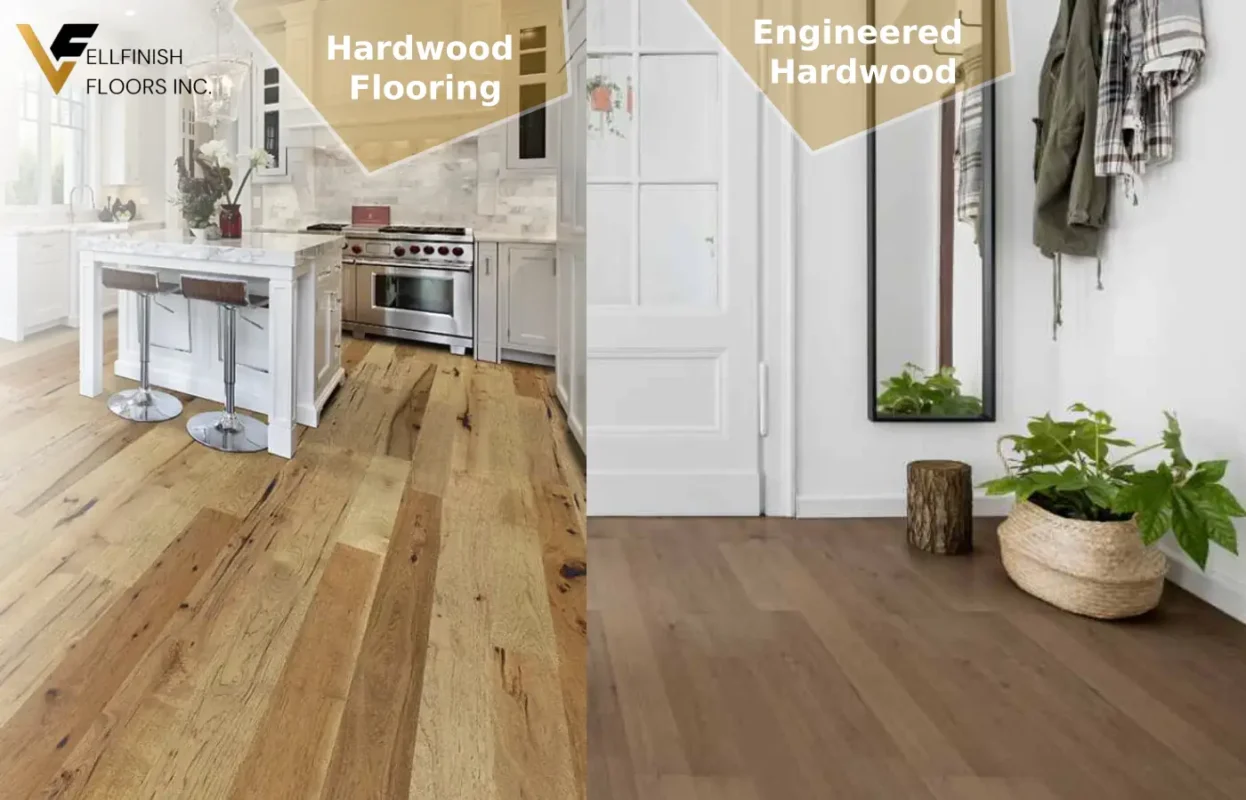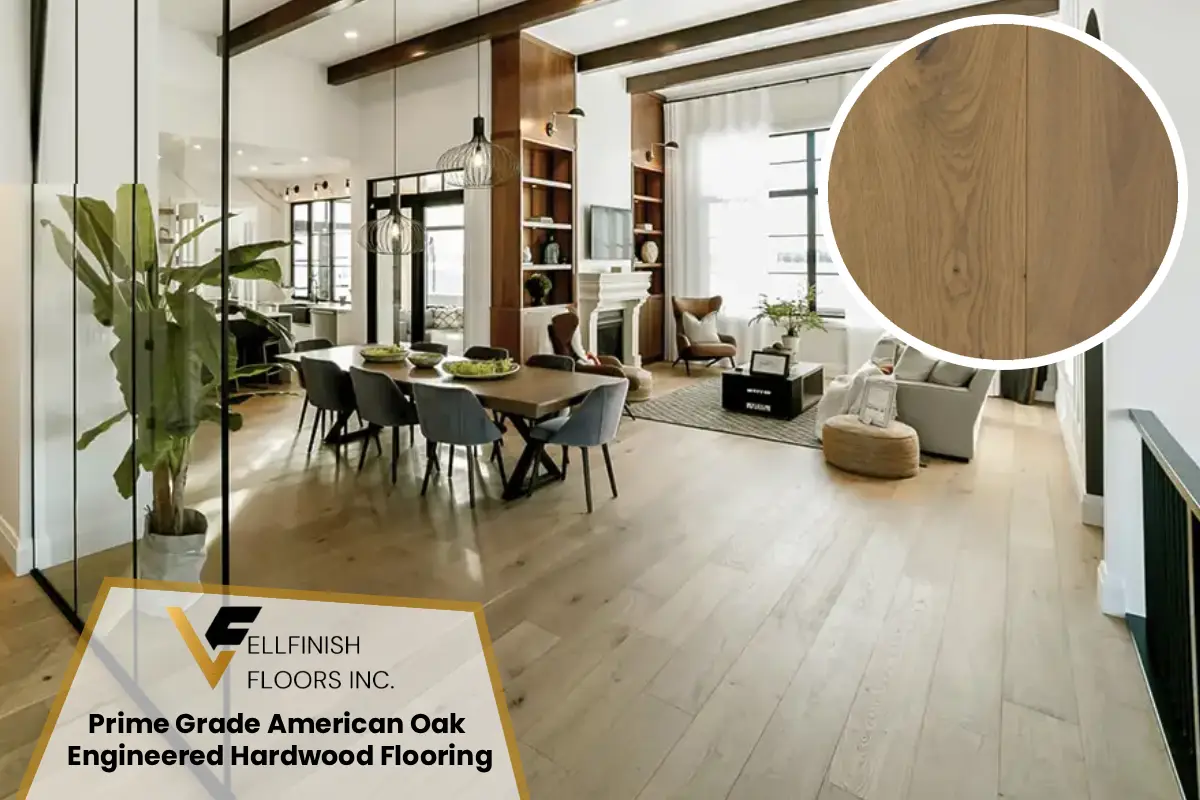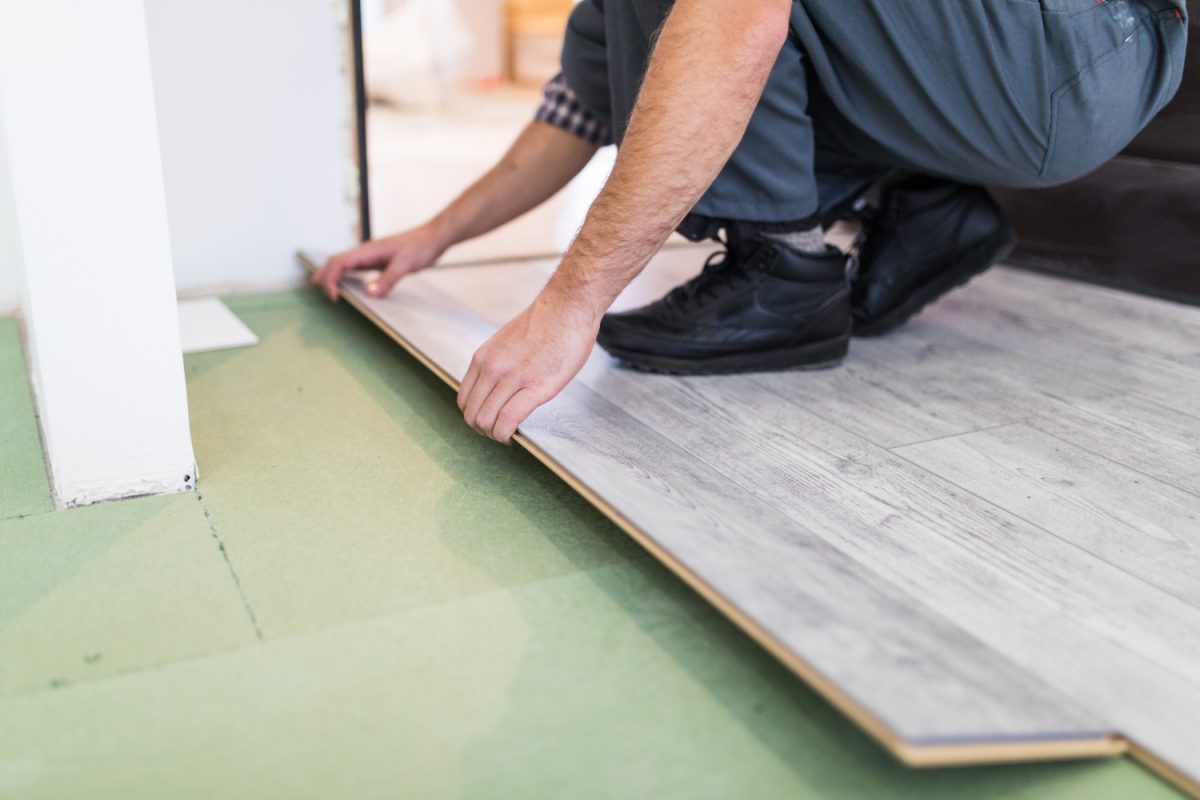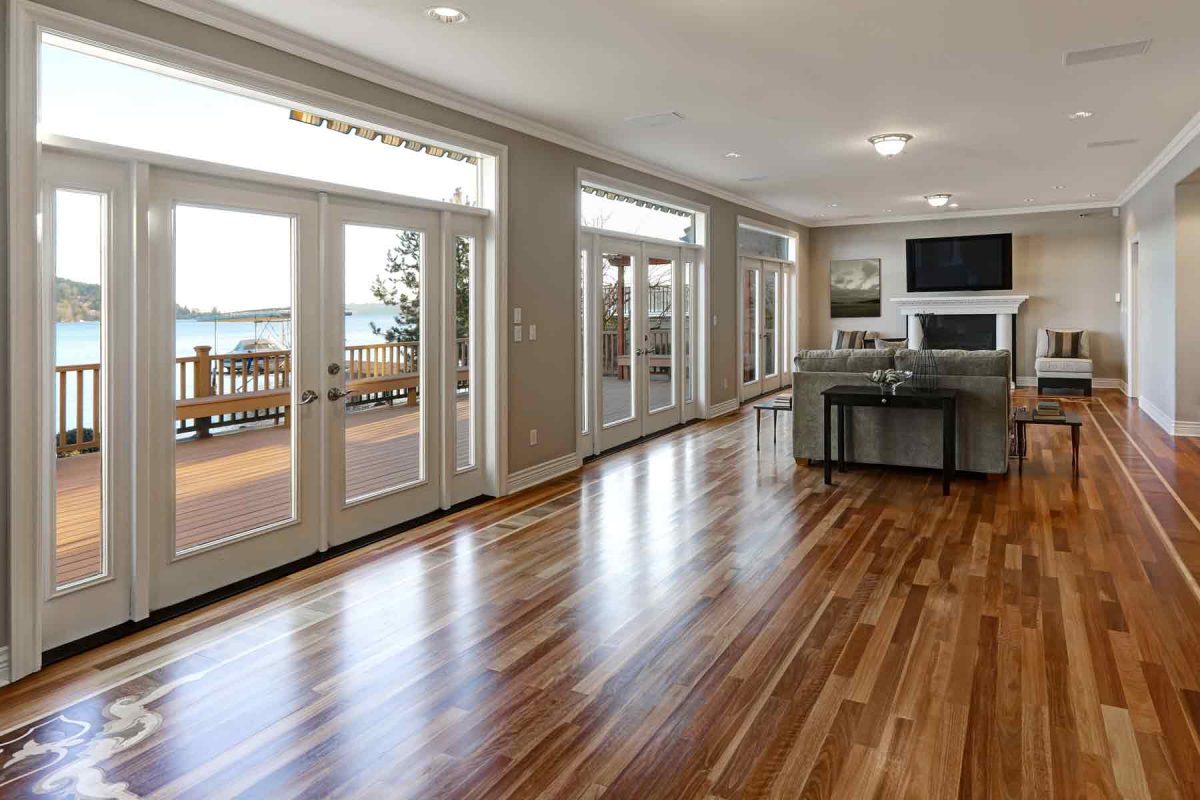White Oak Hardwood Flooring: A Timeless Choice for Every Home
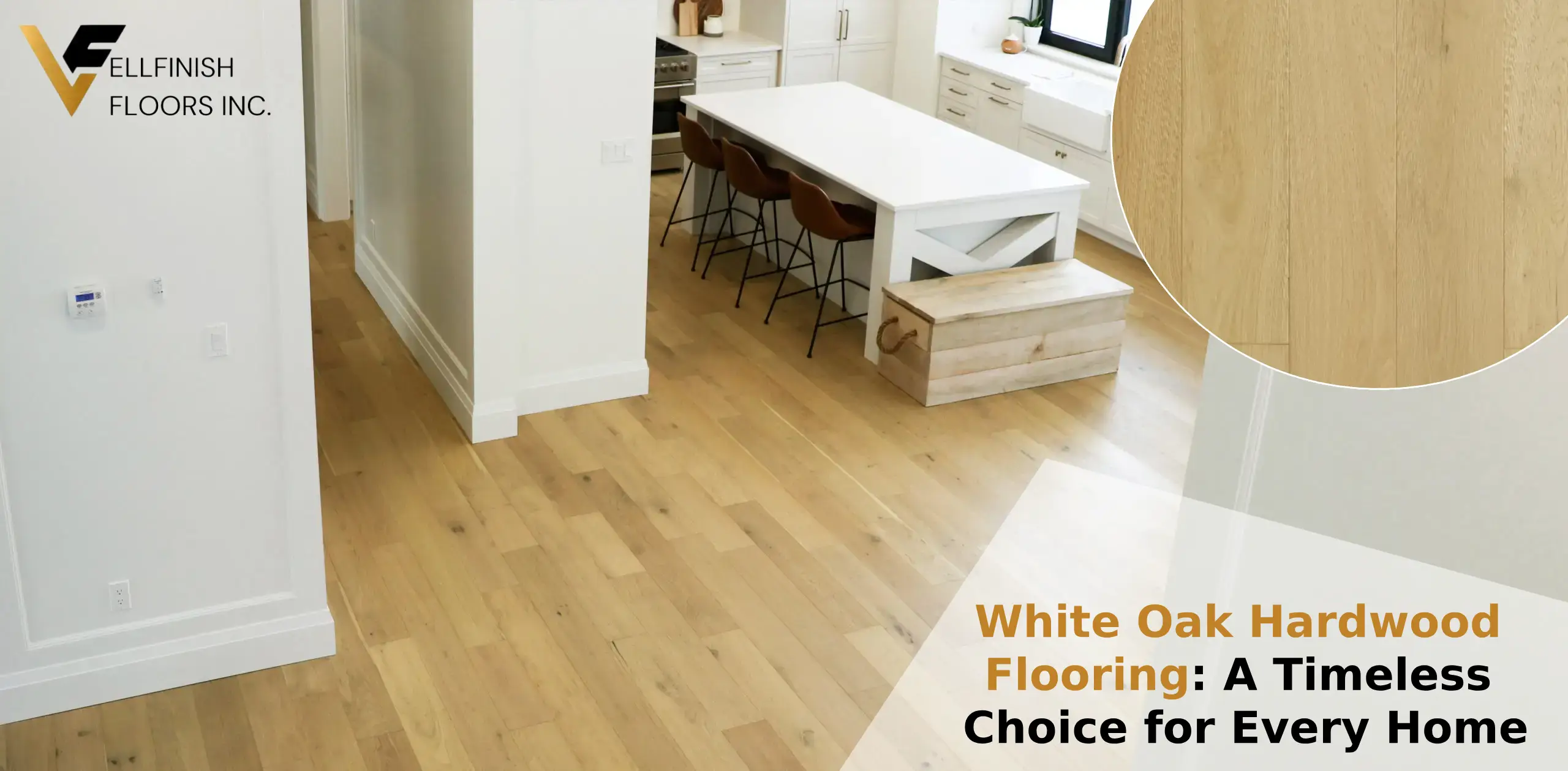
With regards to hardwood floors, house owners and designers alike regularly are searching for a stability among elegance, sturdiness, and versatility. Most of the many hardwood alternatives available, White Oak hardwood flooring constantly sticks out as one of the maximum popular selections. Its herbal splendor, undying appeal, and robust overall performance make it a floors solution that complements any area, from traditional homes to modern interiors.
In this complete manual, we’ll explore everything you need to recognise approximately White Oak hardwood flooring – its blessings, layout versatility, sturdiness, finishes, set up alternatives, protection hints, and why it remains a move-to option for house owners throughout Canada and past.
What is White Oak Hardwood Flooring?
White Oak hardwood flooring species local to North the us and has been used for centuries in furnishings making, shipbuilding, and flooring because of its brilliant power and toughness. Unlike its cousin crimson Oak, White Oak hardwood flooring a barely more muted, golden to greyish-brown tone, presenting a extra current and flexible aesthetic.
Its closed-grain shape makes it immune to moisture penetration as compared to many different hardwoods, which adds to its appeal for both residential and light industrial areas. With its natural sturdiness and stylish appearance, White Oak hardwood flooring offers each style and substance.
Benefits of White Oak Hardwood Flooring
1. Durability and Longevity
White Oak is one of the hardest domestic hardwoods, with a Janka hardness rating of approximately 1360. This means it can withstand daily wear and tear, making it suitable for high-traffic areas such as living rooms, hallways, and kitchens. With proper care, White Oak floors can last for decades – even generations.
2. Versatile Aesthetic Appeal
White Oak’s grain pattern is straighter and smoother compared to Red Oak, giving it a more modern, sophisticated look. Its natural color palette, which ranges from light beige to medium brown with subtle grey undertones, works beautifully with a wide variety of interior styles. Whether your home is rustic, contemporary, or transitional, White Oak adapts seamlessly.
3. Stain-Friendly Surface
Due to its tight grain, White Oak absorbs stains evenly, allowing homeowners to customize their floors in a variety of finishes—from light, airy tones to deep, dramatic hues. This flexibility makes it a favorite among interior designers and DIY homeowners alike.
4. Moisture Resistance
Compared to many other hardwoods, White Oak has higher water resistance thanks to its closed-cell structure. While it’s not waterproof, it offers better protection in areas prone to minor spills or humidity changes, making it a great choice for kitchens and entryways.
5. Adds Value to Your Home
Hardwood flooring in popular is understood to increase assets fee, however White Oak, with its timeless reputation, is mainly appealing to capacity consumers. Its sturdiness and splendor make it an investment that pays off both now and in the destiny.
White Oak vs. Red Oak: What’s the Difference?
Homeowners often wonder whether to choose White Oak or Red Oak for their flooring. While both are excellent options, here’s how White Oak stands apart:
-
Color Tone: White Oak leans toward neutral, cool tones (beige, tan, grey), while Red Oak has warmer, reddish hues.
-
Grain Pattern: White Oak’s grain is smoother and more subtle, whereas Red Oak’s grain is more pronounced and textured.
-
Durability: White Oak is slightly harder and more water-resistant than Red Oak, making it a stronger choice for durability.
-
Design Flexibility: White Oak’s neutral color allows it to adapt to modern styles better than Red Oak.
In short, if you want timeless versatility and moisture resistance, White Oak is the winner.
Popular Finishes and Styles of White Oak Hardwood Flooring
White Oak’s ability to take stains beautifully makes it incredibly versatile. Here are some popular finishes:
-
Natural Finish – Keeps the raw, light tones intact for a Scandinavian or minimalist design.
-
Grey Wash – Adds a contemporary, urban feel while highlighting the natural grain.
-
Dark Espresso or Walnut Stains – Perfect for a dramatic, luxurious look.
-
Wire-Brushed or Distressed Finishes – Enhance texture for a rustic or farmhouse appeal.
-
Matte and Satin Finishes – Offer a modern, low-sheen appearance that reduces glare and hides scratches.
White Oak Hardwood in Different Interior Styles
-
Modern Homes: Pair White Oak with light stains and wide planks for a sleek, open feel.
-
Traditional Homes: Opt for medium-brown finishes that bring warmth and timelessness.
-
Farmhouse Style: Distressed or wire-brushed finishes enhance the rustic charm.
-
Luxury Interiors: Dark-stained White Oak creates a bold, elegant foundation for high-end décor.
Solid vs. Engineered White Oak Hardwood Flooring
White Oak flooring is available in both solid hardwood and engineered hardwood options.
-
Solid White Oak: Made from one solid piece of wood, it can be sanded and refinished multiple times. It’s best for above-ground installations and areas with stable humidity.
-
Engineered White Oak: Composed of a White Oak veneer over plywood layers, it offers more stability in varying climates. It’s suitable for basements and condos where moisture and temperature changes are more common.
Both options provide the beauty of White Oak, but engineered flooring is often more versatile in modern installations.
Installation Options
White Oak hardwood flooring can be installed in several ways, depending on the type:
-
Nail-Down – Traditional method for solid hardwood.
-
Glue-Down – Common for engineered flooring on concrete subfloors.
-
Floating Installation – Click-lock engineered planks that don’t require glue or nails, ideal for DIY projects.
Professional installation ensures longevity and proper performance, especially in high-traffic or moisture-prone areas.
Maintenance and Care Tips
White Oak hardwood flooring is durable, but proper care ensures it looks its best for years:
-
Regular Cleaning: Sweep or vacuum frequently to remove dust and debris.
-
Avoid Excess Water: Use a damp mop, not a wet one, to prevent water damage.
-
Protective Mats: Place mats at entryways and under furniture to prevent scratches.
-
Refinishing: Over time, White Oak can be sanded and refinished to restore its original beauty.
-
Maintain Humidity Levels: Use a humidifier or dehumidifier to keep indoor humidity stable and prevent warping.
Why Choose White Oak Hardwood Flooring?
If you’re searching for a flooring solution that offers:
-
Timeless beauty
-
Long-lasting durability
-
Customization options
-
Added home value
-
Versatility in design
…then White Oak hardwood flooring is the ideal choice. It provides a natural foundation that complements evolving trends while standing the test of time.
Final Thoughts
White Oak hardwood flooring continues to be one of the most sought-after options for homeowners who value both style and strength. With its neutral tones, ability to take stain beautifully, and impressive durability, it’s no surprise that this wood species has remained a favorite for generations.
Whether you’re renovating a single room or designing your dream home, White Oak provides a sophisticated, timeless flooring solution that enhances the beauty and value of your space. By choosing this classic hardwood, you’re investing in a floor that not only supports daily life but also tells a story of elegance and resilience that will last for decades.




